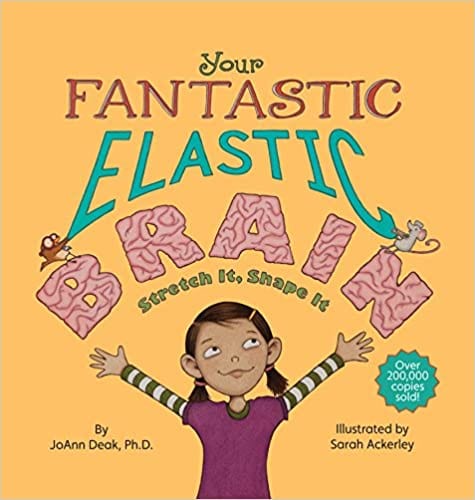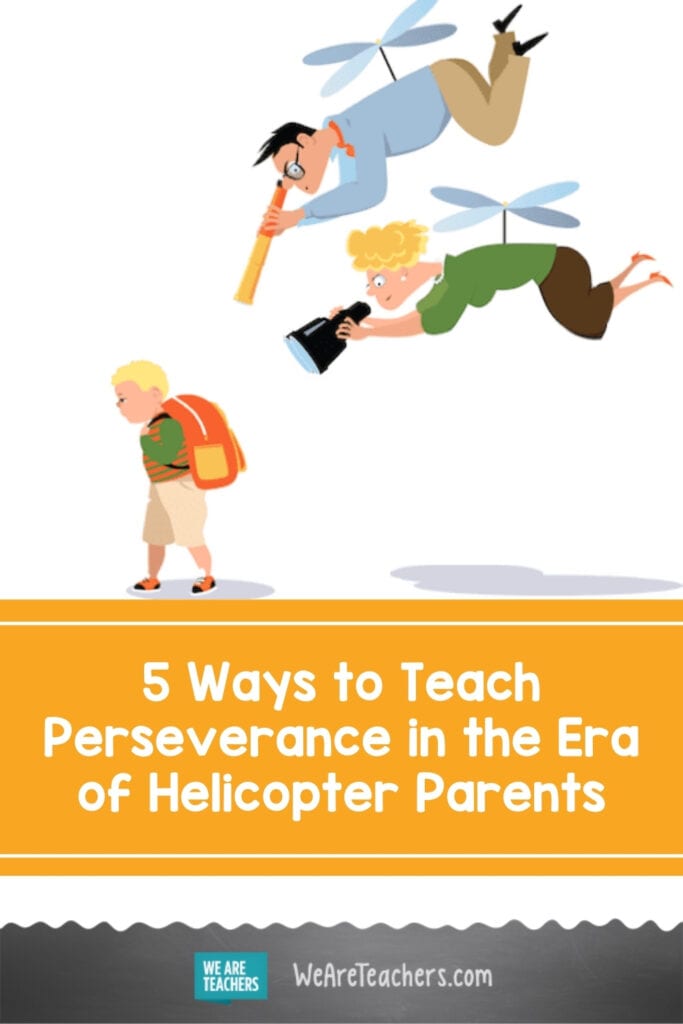As the years pass, I notice my students fall apart easily when they hit a snag in the road. They collapse and give up at the slightest notion of a problem in front of them. They want help to arrive immediately and quickly. I’ve also noticed that many parents and teachers swoop in immediately so as not to cause added anxiety or stress to the child. While this comes from a good place, a certain amount of anxiety is healthy, natural, and useful! Here are five ways you can help teach perseverance to your students so they can take on problems independently.
1. The Power of Yet

When children get frustrated, they often say things like, “I don’t understand this,” or “I can’t do this,” or “This doesn’t make sense.” Self-talk is very powerful. When we make these statements, we announce to the world that we have given up.
Enter the “Power of Yet.” When we add this small three-letter word to the end of our sentences, we tell ourselves that we acknowledge the difficulties we are having AND we will keep working at it. “I don’t understand this YET.”
Encourage your students to add this phrase to their sentences. If you need to, you say it for them. When a student says, “I don’t understand this,” you can reply, “You don’t understand it, yet. Let’s discuss where you’re having a problem.”
Get this free poster and other growth mindset posters here!
2. Brains are Elastic

I love reading the book “Your Fantastic Elastic Brain” by JoAnn Deak to my students and kids at home. Believe it or not, our brains can grow. Just like we lift weights to grow our muscles, learning new things helps our brains to grow. Similar to an elastic rubber band, we can stretch and stretch our brains! Teach perseverance by discussing that things that are hard can get easier if we put the time in to try. We’ve gathered other growth mindset books for the classroom as well!
3. Praise Efforts, Not Results

Praise is very powerful. It has the potential to really motivate and guide a child. BUT, it can also be detrimental. Praise that is focused on outcomes and abilities sounds like this: “You’re so smart!” or “You’re a natural at this!” This type of praise creates a fixed mindset. A fixed mindset focuses on performance—how good or bad we are at something. It leads a child to see their intelligence as unchangeable. They may become anxious about failure and unwilling to try to do new things.
Their learning stops.
Growth mindset, on the other hand, stresses effort. When we praise efforts rather than abilities, we help children understand that their brains are elastic. The right actions and behaviors can help them master new skills. So we praise EFFECTIVE effort. Try to avoid “You did your best,” or “At least you tried.” This sends a message that the child tried and there is nothing more to be done. Instead, try, “OK, how do you think you can go about this next time to be more successful?” or “I liked the strategy you used to solve this!” Get this free poster on the 25 things to say instead of “Good Job.”
4. Model Challenge Solving
Let your students see you struggle. Talk about challenges you have overcome and how difficult it felt going through them. Point out your failures and the different strategies it took to succeed. Share moments in your life that didn’t go as planned.
5. Acknowledge that Failure is OK

Sometimes kids get it wrong. And that’s OK. When they truly understand this, they will be more willing to take risks and problem-solve creatively. Instead of looking at problems as challenges, teach them to see them as an opportunity. An opportunity to try, to learn, to grow. Help them get comfortable with being uncomfortable.
This, of course, does not mean that teachers or parents should stand by with no involvement whatsoever. Rather, let’s make the message clear to our students that we are here to guide them through the process of learning and failure. We will help them take risks and solve problems. When we jump in to solve problems and relieve ALL stress or anxiety, we rob them of the chance to develop the skills to confidently and independently overcome challenges!
How do you teach perseverance to your students? Share in the comments below!
Want to learn more ways to build a growth mindset in your students? Read how coding and robotics can do that!


